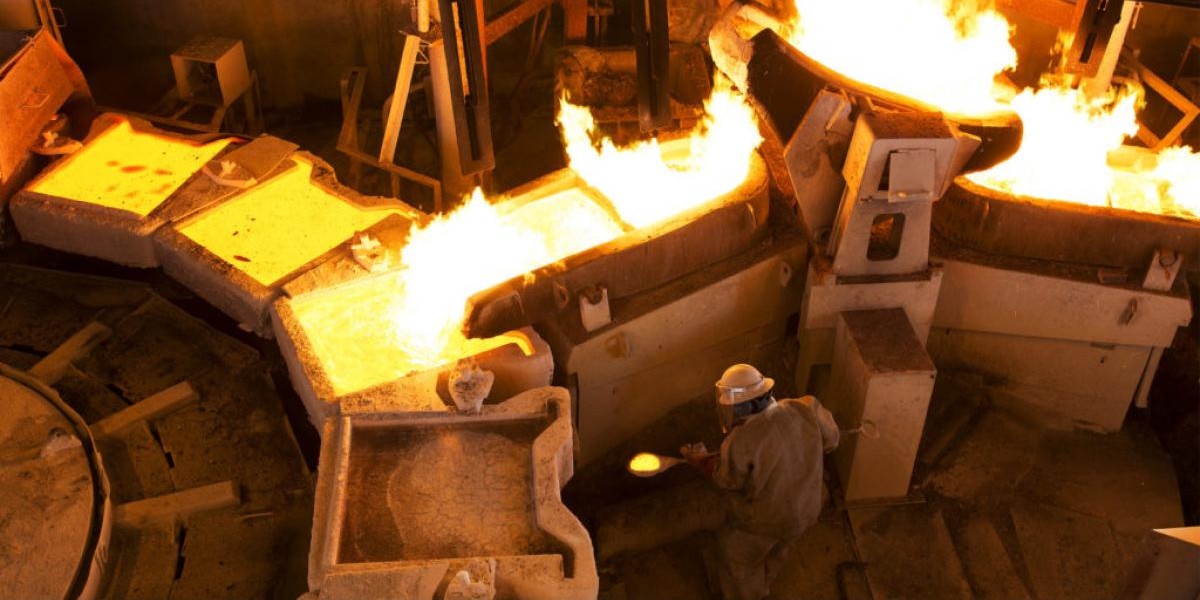|
Jakob Fugger’s wealth from copper and mining allowed him to shape the political landscape of Europe.
He individually backed entire countries’ wars.
He helped appoint Charles V of Spain as the Holy Roman Emperor.
He helped the Catholic Church dominate Europe and South America.
He lent money to the Vatican to build St. Peter’s Basilica and the Sistine Chapel.
He funded the rise of the Hapsburg Dynasty.
The massive dynasty Jakob Fugger forged from copper changed the course of history.
The Fugger Empire was far from the last empire formed by copper.
Some of the most famous family names that have been etched into history books and onto buildings are based on massive wins in copper.
When you hear the name Guggenheim you might think of the museums in Spain and New York. But their legacy was smelted in the fiery furnace of copper.
Meyer Guggenheim came to America penniless, and within 25 years he and his sons consolidated company after company to build his family’s global empire. Eventually, the vast Guggenheim copper empire controlled over 80% of the world’s copper production by the end of World War I.
By outwitting both Rothschild and Rockefeller interests, the Guggenheims took control of Asarco, which was the world’s largest smelting company in the world.
Kennecott Copper, the owner of the world largest copper producer, Bingham Canyon in Utah, was also a Guggenheim company.
The Guggenheims, backed by Bernard Baruch and J.P Morgan, created Chile Copper Company, which owned, built and operated El Teniente (the world’s first mine to apply the flotation process to concentrate low-grade copper), Chuquicamata (one of largest open pit mines in the world and first to use sulphuric acid and electrolytic precipitation to treat its ore).
At their peak, the Guggenheims controlled over 87% of the world’s copper production.
|


Comments